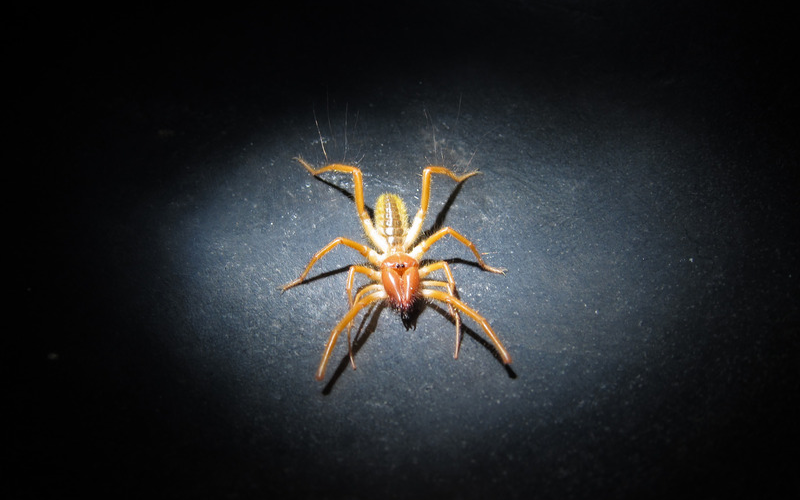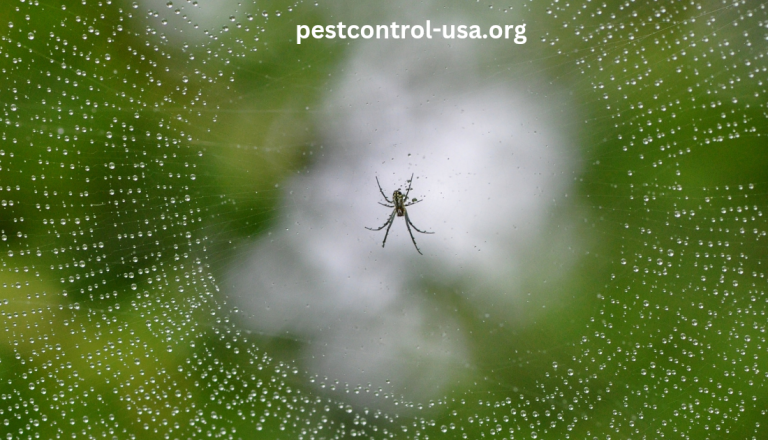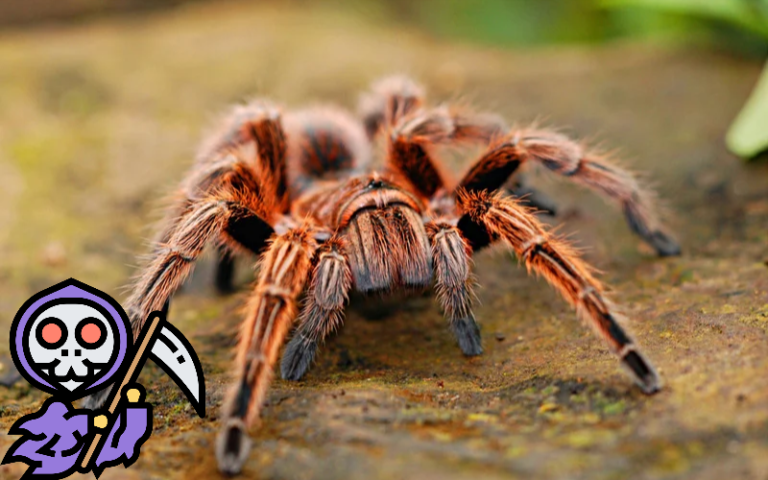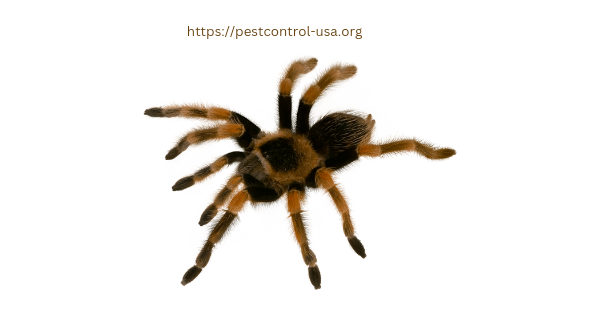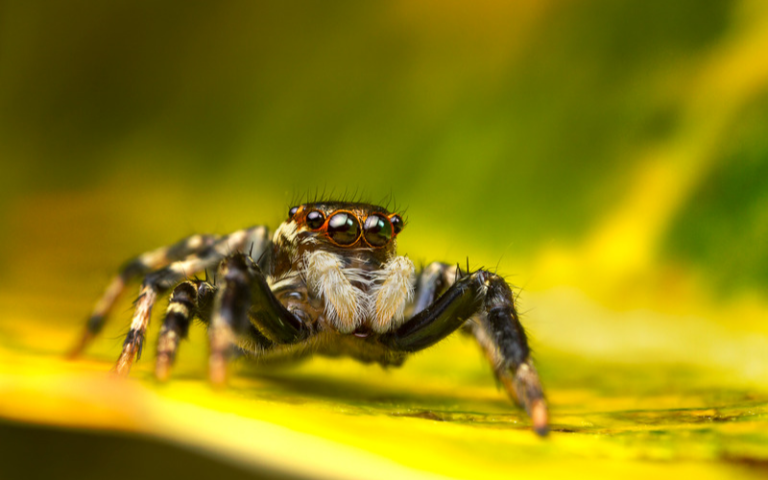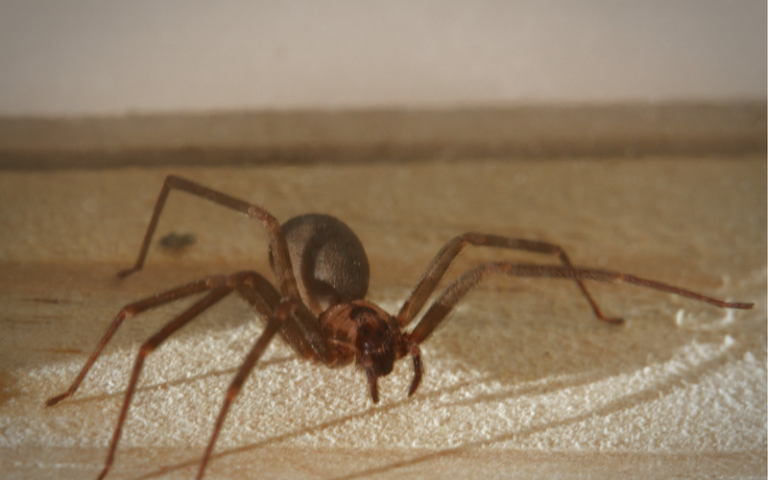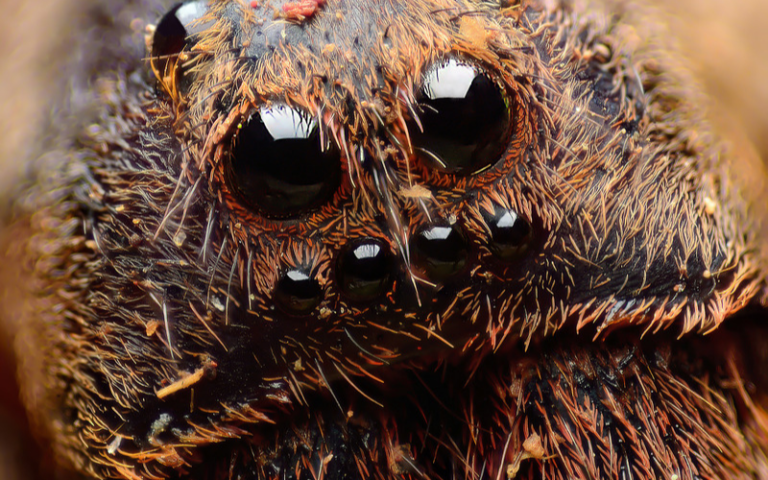You’ve probably seen camel spiders in pictures or videos online. They look absolutely terrifying, with their long legs and large bodies. And you’ve probably heard some pretty crazy things about them, too. But what’s the truth? Are camel spiders poisonous? Do they really exist in the deserts of the Middle East? Let’s find out.
Camel spiders are not actually spiders—they’re solifuges, which are arachnids that are more closely related to scorpions and harvestmen. They get their name from the fact that they’re often found in desert regions, such as the Middle East, where camels live. They’re also sometimes called sun spiders or wind scorpions because of their habitats and their ability to run up to 10 miles per hour.
Camel spiders typically grow to be about 6 inches long, but there have been reports of them reaching lengths of up to 12 inches. They have eight legs, like spiders, but unlike spiders, they don’t have spinning organs or poison glands. They also don’t build webs; instead, they hunt down their prey—which usually consists of small insects and other invertebrates—and kill it by using their powerful jaws.
Although camel spiders might look dangerous, they’re actually harmless to humans. They will bite if provoked, but their bites are not poisonous and usually only cause temporary pain and swelling. In fact, many people who have been bitten by camel spiders say that their bites feel similar to bee stings. So if you’re ever in the desert and you see one of these creatures scuttling around, don’t be afraid—it’s not going to hurt you.
Conclusion
Camel spiders are one of the many unique creatures that call desert regions home. Although they might look dangerous, they’re actually harmless to humans. If you’re ever in the desert and you see one of these creatures scuttling around, don’t be afraid—it’s not going to hurt you. Just leave it alone and it will do the same to you.

